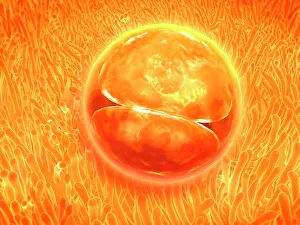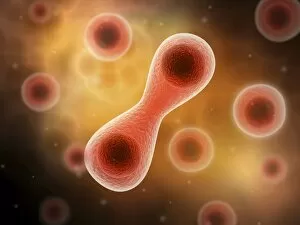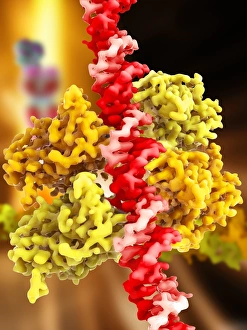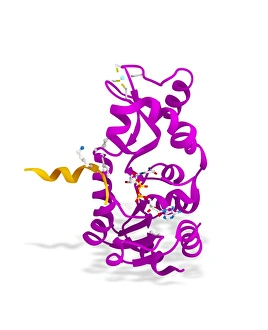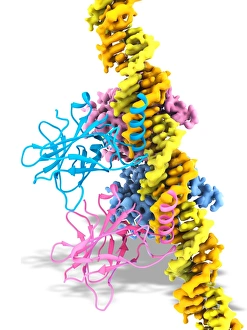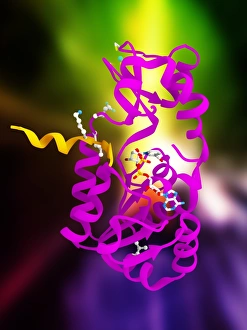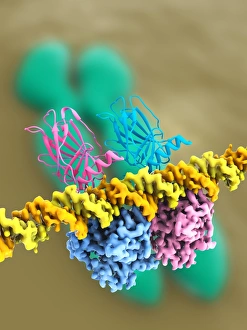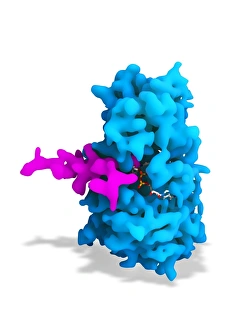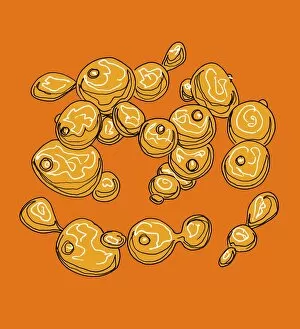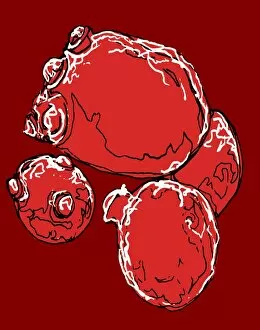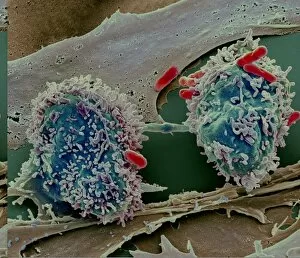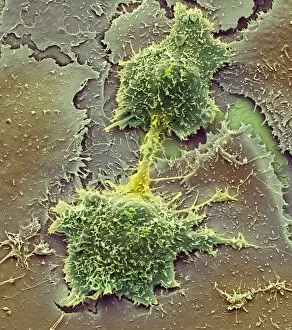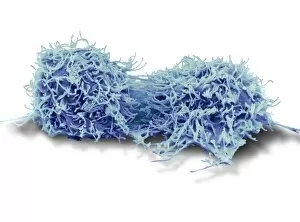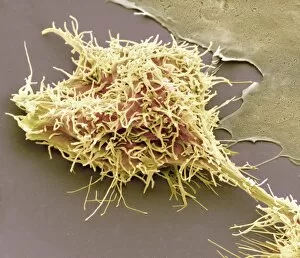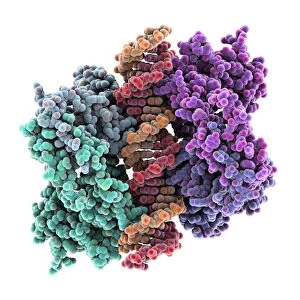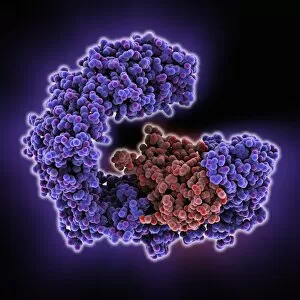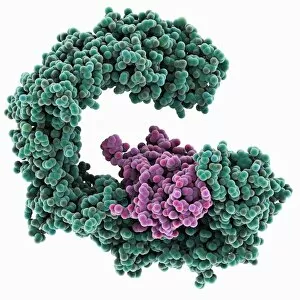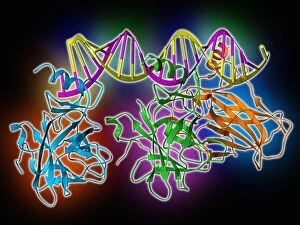Cell Cycle Collection
The cell cycle is a fascinating process that governs the growth and development of living organisms
All Professionally Made to Order for Quick Shipping
The cell cycle is a fascinating process that governs the growth and development of living organisms. From the early stages of embryo development, where cells divide rapidly 24-36 hours after fertilization, to the intricate replication of RNA viruses, this cycle showcases the complexity and beauty of life. Imagine peering through a scanning electron microscope (SEM) and witnessing cell division in action. The microscopic view reveals an awe-inspiring sight as cells split into two, each carrying genetic information vital for future growth. In parallel, zygote development unfolds within the same time frame after fertilization. This crucial stage lays the foundation for an organism's entire existence by merging genetic material from both parents. Conceptual images provide us with glimpses into other aspects of the cell cycle. One captures mitosis - a breathtaking dance where chromosomes align and separate flawlessly to ensure accurate distribution during cellular reproduction. Another focuses on the intricate structure of a cell nucleus, housing DNA that holds our unique traits and characteristics. But it's not just about growth; maintaining balance is equally important. Tumour suppressor proteins play a critical role in preventing uncontrolled cell division by monitoring DNA integrity closely. Artwork depicting their interaction with DNA highlights their significance in safeguarding against harmful mutations. Sirtuin enzymes also come into play when it comes to regulating cellular processes like aging and stress response. Their partnership with p53 protein helps maintain genomic stability, ensuring healthy functioning throughout our lives. As we delve deeper into understanding these mechanisms at work within our bodies, we gain insights into how life thrives amidst constant change. The captivating visuals provided by scientific research fuel our curiosity while reminding us of nature's remarkable intricacies. So next time you ponder over life's mysteries or marvel at its diversity, remember that behind every concept image or microscopic view lies another piece unraveling the wonders hidden within the incredible journey called the cell cycle.

